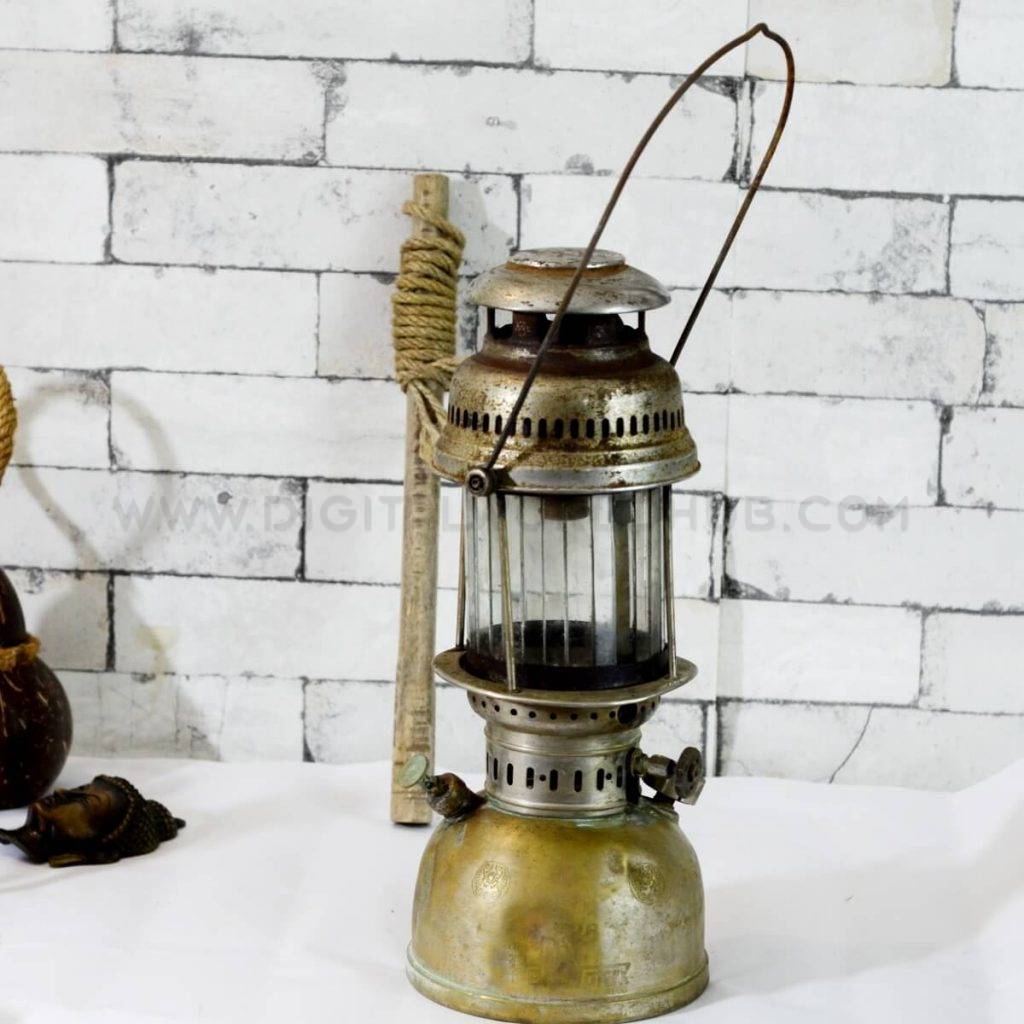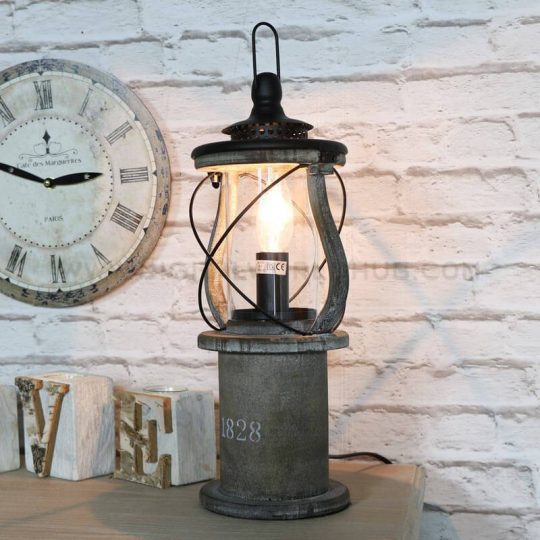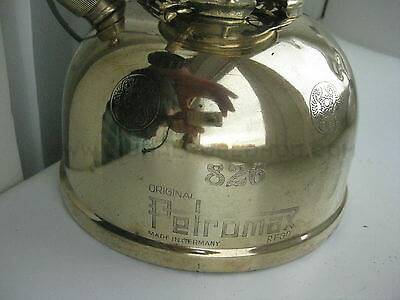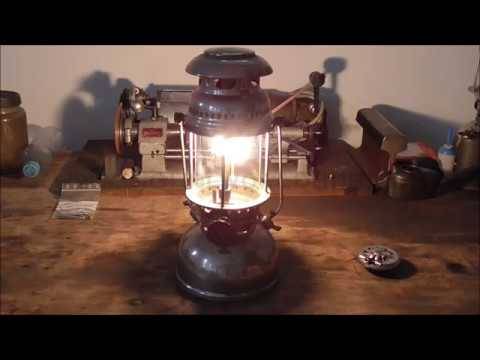Table of Contents
At one time, there was an excellent demand for Hazak lamps. This lamp used in various social events, including Jatra, circus, pagan, hats, and bazaars. The glow of the light was intense. It is said to be capable of giving the light equivalent to a 5-watt ordinary electric lamp.

After the power outage in rural Bengal, this lamp is no longer available. Many people in the present day prism have never heard the name of the lamp or seen it with their eyes. It is widely known internationally as a Petromax Lamp. Some call it paraffin pressurizer.
On A Variety Of Occasions
There was a strange smell of Hazak or palm light. In our childhood, this smell was used to celebrate the occasion. Hijack lamps lit at home when there is a big occasion. After a while, as the elders increased the intensity of the Hazak’s light with palm, we would sit around and think that one day I would grow up. Due to the intense light, our forever known home would become Indra Puri. In relatives and co-workers, Twitumbur would not have stayed that night without the rule of a mother, nor the punishment of study.
In the village of Hajak, we used to enjoy the halo in the village on different occasions. Sitting in the most sophisticated metropolitan city of the western world, I still find out in the light of that Hazak that my stolen childhood and my teenage years.

About The Discovery Of A Hazak Lamp
In Germany, Max Graetz। discovered a petromax lamp or a Hazak lamp. He named a brand based on the sprite lamp, which later became widely known. Max Graetz (3-5) was president of the Ehrich & Graetz firm in Berlin. He designed the Hajak lamp development and the primaries. He wanted a lighting system created by paraffin or kerosene oil, which was a brand new product.
Graetz invented a process in which gas can be made from paraffin and has a very high caloric value and can produce a scorching blue flame. He then designed a pressure lamp that worked with evaporated paraffin. The use of this lamp has spread around the world for seven years. The name Petromax comes from “Petroleum and” Max Graetz.
How Does A Hazak Lampwork?
A Hazak lamp is made of silver or brass. It weighs between 2 and 2.5 kg. Kerosene oil or paraffin used as fuel. The lamp is a tanker at the bottom for holding oil. Hold the highest soy liter oil in a tanker. Upstairs there are burners, mantle holders, vaporizing chambers. A tube from the tanker has attached to the vaporizing chamber. The fuel is to be filled in the tanker before the lamp lit.

At the same time, the air pressure increased by pumping. The first step when lighting a lamp is to heat the burner and the vaporizing chamber sometime by burning inside. The oil is then sent from the tanker to the vaporizing chamber with air pressure. Then, in contact with the heated burner, a type of gas is produced, which helps to burn the mantle. It gives a very bright light.
A mantle can use once. If there is oil in the tanker, the lamp is kept on for 3 hours continuously. However, it is occasionally pumped to increase air pressure. Once pumped, it runs for three hours in a row. However, when the air pressure decreases, the light of the lamp becomes dimmed. A cage surrounded by glass used so that the outside air does not penetrate.
The Current State Of The Hazak Lamp
It may say that Hajak lamps were a gathering business for three decades. 5/1 years is a long way from this business. Now some fishermen, pavement traders, and canvas lizards use the Hajak lamp in limited form. The main reason behind this business is that there has electrification in large areas no-load setting as before.

Other than that, there have been many developments in technology. Electricity has been set up in many remote areas by installing solar plants. As a backup, people now use IPS, generators, charger lamps. There was no doubt that it was once a royal lamp. With the development of technology, it is now becoming part of history. Maybe after some time, we have to go to the museum to see this lamp.
























